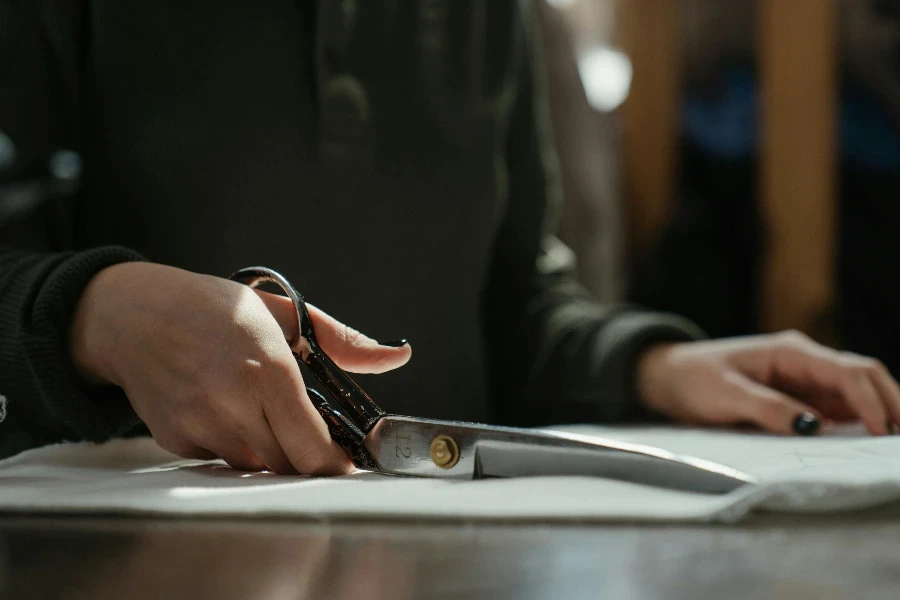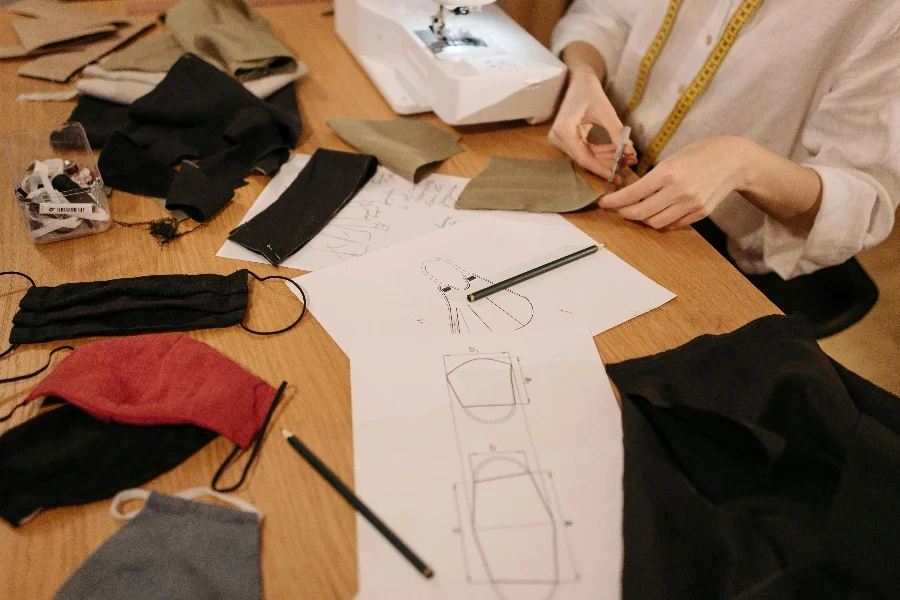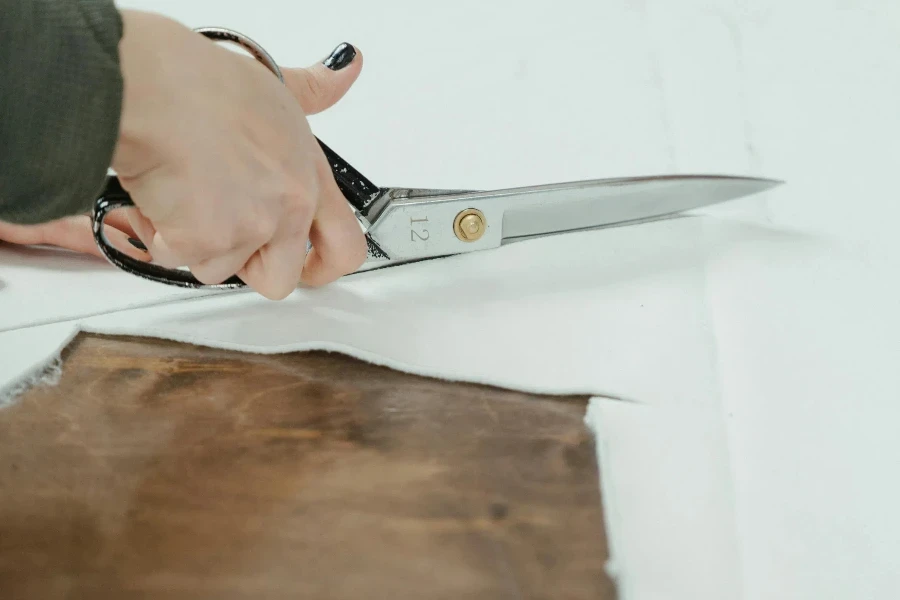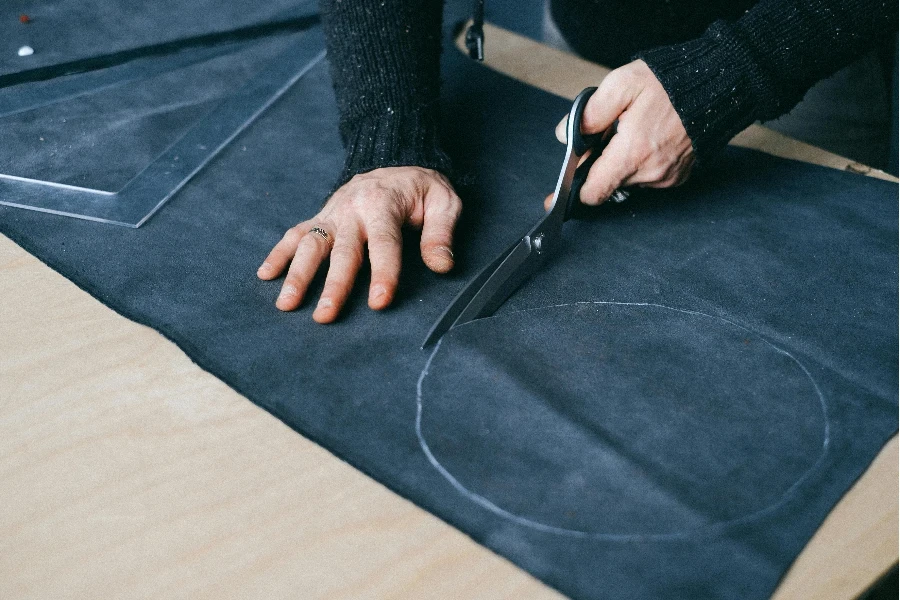In the realm of textile production and tailoring, precision and efficiency are paramount. A cloth cutting table stands as an indispensable ally, streamlining the process of cutting fabric with accuracy and speed. This guide will unveil the intricacies of cloth cutting tables, their operation, usage, pricing, and top picks to help you make an informed decision.
Table of Contents:
– What is a cloth cutting table?
– How do cloth cutting tables work?
– How to use a cloth cutting table
– How much does a cloth cutting table cost?
– Top cloth cutting tables
What is a cloth cutting table?

A cloth cutting table is a specialized workspace designed to facilitate the accurate and efficient cutting of fabrics. Unlike regular tables, these are specifically engineered to accommodate large pieces of cloth, ensuring that the material remains flat and secure during the cutting process. Typically, they are constructed from sturdy materials like wood or metal, featuring a broad, flat surface. Some advanced models also incorporate features such as air flotation systems to make the movement of heavy or bulky fabric rolls effortless.
The significance of a cloth cutting table in the textile industry cannot be overstated. It not only provides a dedicated area for precise cutting but also helps in reducing material wastage through accurate measurements and cuts. Furthermore, these tables can be equipped with additional tools like rulers, cutting mats, and alignment grids that enhance the precision of cuts, thereby improving the overall quality of the final product.
How do cloth cutting tables work?

Cloth cutting tables operate on a simple yet effective principle: providing a stable, expansive, and flat surface for fabric layout and cutting. The core functionality of these tables lies in their design which caters to the needs of both manual and automated cutting processes. For manual cutting, the table offers a solid base upon which fabrics can be spread out, measured, and cut with hand tools like scissors or rotary cutters. The flat surface ensures that the fabric does not bunch or move, leading to precise cuts.
In more advanced setups, cloth cutting tables may integrate with automated cutting machines, such as computer-controlled cutting (CNC) systems. These systems utilize the table’s flat surface to securely hold the fabric in place while a robotic arm or cutting head moves across the fabric, executing precise cuts as per the programmed patterns. The integration of cutting technology with the table’s design significantly enhances cutting speed and accuracy, making it ideal for high-volume textile manufacturing environments.
How to use a cloth cutting table

Using a cloth cutting table effectively requires familiarity with its features and an understanding of fabric handling techniques. The first step is to ensure that the table surface is clean and free of any debris that might interfere with the cutting process. Next, lay the fabric on the table, making sure it is spread evenly without any wrinkles or folds. For manual cutting, use weights or clamps to secure the fabric in place before marking your cutting lines with tailor’s chalk or a fabric marker.
When cutting, follow the marked lines closely, applying steady pressure to ensure clean cuts. If your table is equipped with a cutting mat, make sure to use compatible cutting tools to avoid damaging the surface. For tables designed for use with automated cutting machines, the setup process may involve calibrating the machine and programming the desired cutting patterns before initiating the cutting process. Regardless of the method, always prioritize safety by using appropriate protective gear and following the manufacturer’s instructions.
How much does a cloth cutting table cost?

The price of cloth cutting tables can vary widely based on size, material, and features. Basic models, suitable for small-scale operations or individual use, can start from a few hundred dollars. These tables are typically manual, featuring simple designs with minimal additional functionalities. On the other hand, high-end models designed for industrial use, especially those that are part of an automated cutting system, can cost several thousand dollars. These tables are constructed from durable materials and may include advanced features like air flotation systems, integrated cutting mats, and compatibility with automated cutting machines.
When considering the cost, it’s important to evaluate the table’s features against your specific needs. For businesses involved in high-volume textile production, investing in a high-quality, automated table can lead to significant improvements in efficiency and product quality, justifying the higher upfront cost. For smaller operations or individual tailors, a basic but sturdy table might be all that’s needed to enhance cutting accuracy and speed.
Top cloth cutting tables

Selecting the right cloth cutting table depends on your specific needs, budget, and the volume of work. Some of the top picks in the market include:
- The Professional’s Choice: Designed for high-volume textile manufacturers, this table features a robust construction, air flotation system, and compatibility with CNC cutting machines. It’s an investment that pays off in speed and precision.
- The Versatile Performer: Ideal for medium-sized businesses, this model offers a balance between functionality and price. With an integrated cutting mat and adjustable height, it caters to a variety of fabric types and cutting methods.
- The Compact Solution: Perfect for individual tailors or small workshops, this table is affordable, easy to assemble, and offers basic features like a grid-aligned surface and storage shelves, making the most of limited space.
Conclusion:
A cloth cutting table is more than just a piece of furniture; it’s a critical tool in the textile production process, enhancing efficiency, accuracy, and safety. Whether you’re a professional tailor, a hobbyist, or a large-scale manufacturer, understanding how these tables work, how to use them effectively, and what options are available in the market can help you choose the right table to meet your needs. By investing in a suitable cloth cutting table, you can take a significant step towards improving the quality and productivity of your fabric cutting tasks.



